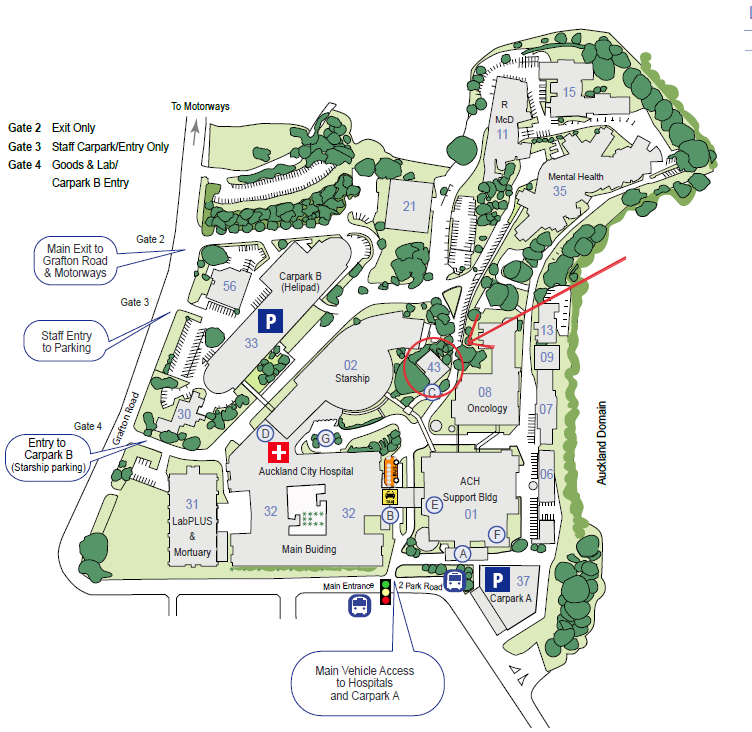Title
Maurice WilkinsonPresented by
Hannah AndersonAbstract
Presented by Hannah Anderson
Senior student, Saint Kentigern College
Abstract TBC
Title
Maui PomarePresented by
James WangAbstract
Presented by James Wang
Senior student, Saint Kentigern College
Abstract TBC
Title
Against the Odds: New Zealand's First Women DoctorsPresented by
Cindy FarquharAbstract
Presenter: Professor Cindy Farquhar
CNZM, FRSNZ, MBChB, FRCOG, FRANZCOG, CREI, MPH, MD
Cindy is the Postgraduate Professor of Obstetrics and Gynaecology at the University of Auckland and works as an obstetrician and gynaecologist, and fertility specialist at National Women’s Health. Cindy trained in New Zealand and in London. Cindy has led the Cochrane Gynaecology and Fertility group since 1996. She is also a clinical trialist. She has also been the Co-Chair of the Cochrane Board 2014 to 2018. Cindy is also the Dean of Research and Policy for the Royal Australian and New Zealand College of Obstetrics and Gynaecology. In 2024 Cindy and her team were awarded the Beavan Medal.
Against the Odds
New Zealand’s first women doctors
Cynthia Farquhar and Michaela Selway
Professor Cynthia (Cindy) Farquhar is the daughter of an early medical woman graduate (Meredyth Gunn; 1952). Michael Selway is a history graduate, currently completing her PhD in Germany. Their book, Against the Odds traces the paths of the women who, between the 1880s and 1967 (when the Auckland medical school opened), battled indifference and chauvinism and, later, many of the other challenges that faced women in the professions, to become New Zealand’s first women doctors.
The book is about the early medical work graduates from Otago University. There are 7 chapters that are focused around themes telling the stories of medical women and how they changed over the time span of 70 years. Each chapter provides a description of New Zealand society at that time and then at the end of each chapter there are several condensed biographies that can also be found in the Early Medical Women website.
Title
History of PenicillinPresented by
Bruce ArrollAbstract
Presenter: Bruce Arroll
Bruce is a Professor of General Practice and Primary Health Care at the University of
Auckland where he trained in Medicine in the 1970s. He did his family medicine training at McMaster University in Canada and returned to NZ in 1987 to do a PhD in Epidemiology and to train in Public Health Medicine. He is a fellow of the College of GPs and works at the University half time and does two days at the Auckland City Mission’s Calder Clinic. Before that he was in Manurewa for 32 years. He enjoys medical/health history and likes adding historical contexts to his student lectures.
Penicillin: Fleming to Florey to D-day
You most likely think that Alexander Fleming (a Scotsman) discovered penicillin at St Mary's Hospital in London in 1928. Then the rest was a simple translation into the medicines we still use widely today. There is much more to it than that, and in this talk, we will go from the discovery by Fleming to the search for an antibiotic at Oxford University starting in 1938. The team at the University of Oxford, led by Howard Florey (an Australian) and Ernst Boris Chain (a German), worked on isolating, purifying, and developing penicillin into a usable drug. Their efforts, along with contributions from Norman Heatley (English), Edward Abraham (English), and others, led to the mass production of penicillin, making it the first widely available antibiotic. Florey and Heatley realised that the war-torn UK did not have the resources to mass-produce penicillin, so they went to the USA to encourage mass production. Their initial reception was underwhelming as it was thought that penicillin might be too difficult to mass produce. The turning point came when the Japanese bombed Pearl Harbour and the USA joined the Allied effort in WW II, much to the relief of the UK government. The United States played a crucial role in scaling production, with pharmaceutical companies like Pfizer, Merck, and Squibb refining methods to produce penicillin in large quantities. There were more than 20 pharmaceutical companies involved in the manufacture. This breakthrough revolutionised medicine, saving countless lives and marking the beginning of the antibiotic era.



